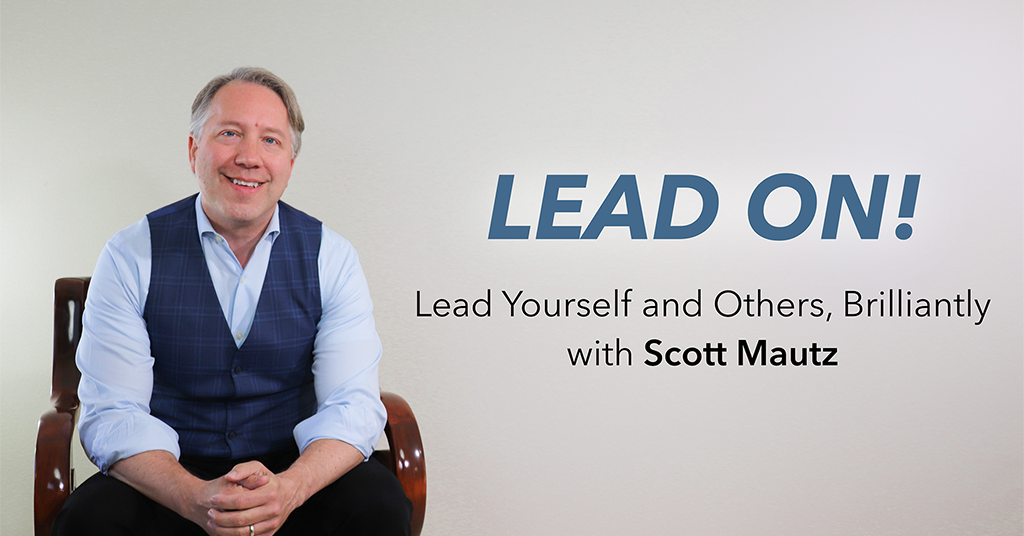
INSIGHTS (on leadership/self-leadership)
“Courage happens on the other side of trying. Don’t expect it to show up before.”
I recently heard actor Jason Bateman say this about when courage actually shows up (on an episode of the hit podcast, Smartless). I think he’s exactly right.
It’s what I call the “courage curtain.” You think you’re showing courage when you finally decide to try that new thing or take that risk you’ve been wanting to take. And, to a certain extent, you are. But in truth, you’re still backstage, waiting for the real show to begin.
Then you take that leap and enter the mode of actually trying that thing. You tear back the curtain to see what you’re facing, and suddenly, courage is on stage, ready to help you perform. AFTER you’ve started trying. It’s a purer form of courage, born out of necessity.
The point is to go ahead and take the leap. Don’t wait for courage to show up and guide you out on stage. Count on it to appear on the other side of the curtain – on the other side of trying.
By the way, if you’d like extra help in persevering, try my new course below:
IMPERFECTIONS (a mistake many make)
Many leaders make the mistake of believing hybrid work has caused a disconnect with company culture – due to the lack of in-person connection.
But a surprising Gallup study shows this isn’t true. In fact, hybrid workers “are doing the best when it comes to feeling connected to their organization’s culture,” according to the study.
Huh?
It turns out the office never had a distinct advantage as a culture-builder to begin with. The percent of employees feeling connected to their company culture was at an alarmingly low rate BEFORE the pandemic. What’s happening is that hybrid work is necessitating a more intentional effort to help employee’s feel connected through the organization’s culture. As the study indicates:
“Hybrid workplaces have been forced to make in-office experiences more meaningful and substantial. In addition, hybrid workers feel more supported in their wellbeing. They’re more likely to feel their organization cares about them, and feel more connected to the organization’s values, mission and purpose.”
The exception here is managers of others, who struggle to feel culturally connected because they have more responsibilities than ever, yet have less in-person opportunity to lean on fellow managers for help. This can, however, be addressed with intention.
The overall point here is not to accept that a weaker culture is a by-product of hybrid work. Intention is what counts.
IMPLEMENTATION (one research-backed strategy, tip, or tool)
Find yourself having to lead change? Be sure to exhibit the 5 C’s of Change Leadership, the five most important attributes to embody as leaders in times of change:
Calm – Emotions run high in change. Don’t throw gas on the fire. Instead, be the calmest person in the room. Don’t jump to conclusions prematurely or make uninformed assumptions. Speak in a controlled tone and act with a steady, measured confidence. Doing so keeps everyone focused on what must be done versus what might happen.
Candor – Change creates doubt and fear. Honest communication creates certainty and eases fear. Share info openly and truthfully, while striking a balance between reality and hope.
Clarity – Change creates confusion. Provide clarity in what you say, do, and intend. For what you say, be direct, specific, and concise. Before saying it, ask yourself: “Will this communication trigger the WENDY response?” (“What Exactly Now Do You mean?”). This is not the response you want to trigger. Opt instead for precision in your communication, which is vital for clarity.
Concern – Change elicits an emotional journey. Show empathy and understanding for employees as they work through what the change means for them professionally and personally. Remind them they’re not alone in working through it.
Courage – Change is not for the faint of heart. Believe in what you must do, how you must do it, and why it needs to be done, such that others can draw strength from your conviction.




Leave a Reply